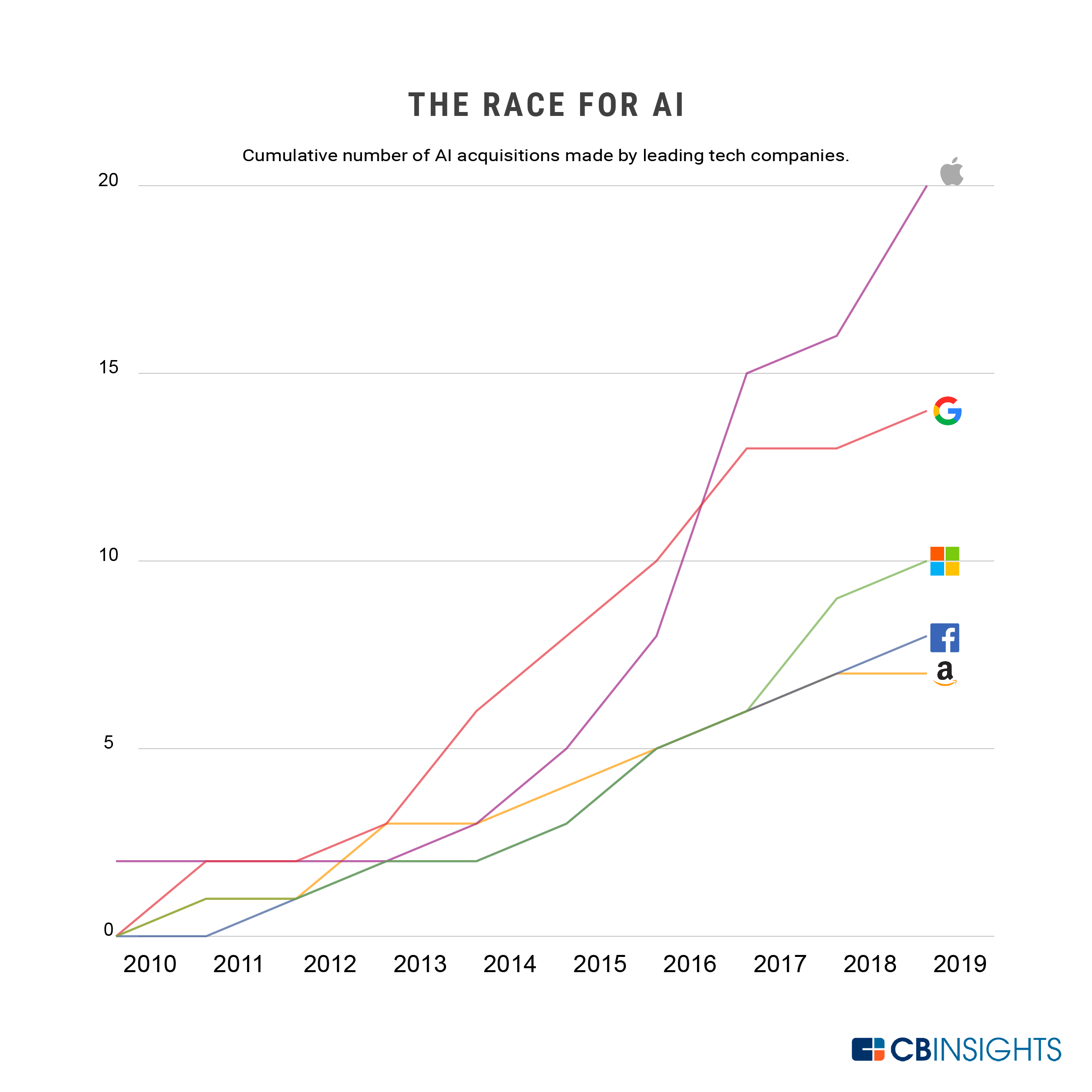Microsoft and Meta's AI Investment Plans Are Full Steam Ahead
Giant players in the tech industry are unveiling their earnings for the first time in 2025, sparking significant anticipation among investors. The spotlight is on how hyperscalers will counter the impact of DeepSeek, which caused a stir in the markets. Following reports that DeepSeek developed its R1 model for under $6 million, many leading tech and semiconductor companies experienced substantial sell-offs.
Microsoft's AI Investment Strategy
Despite concerns raised by the affordability of AI development, tech titans like Microsoft (NASDAQ: MSFT) and Meta Platforms (NASDAQ: META) remain steadfast in their commitment to AI investments. Microsoft, in particular, announced plans to invest a hefty $80 billion in fiscal year 2025 to advance AI capabilities. This investment aims to bolster AI-enabled data centers for training AI models and deploying AI applications globally.
As of the release of Microsoft's fiscal Q2 2025 results, the company has already allocated $43 billion towards capital expenditures, with a significant portion likely directed towards AI initiatives.  With expenditures of $20 billion in Q1 and $22.6 billion in Q2, representing a 13% acceleration, Microsoft is on track to exceed its previous year's CapEx of $50 billion.
With expenditures of $20 billion in Q1 and $22.6 billion in Q2, representing a 13% acceleration, Microsoft is on track to exceed its previous year's CapEx of $50 billion.
Microsoft's CFO anticipates that the company may surpass its spending target for the year, with consistent CapEx expenditures expected in Q3 and Q4. By maintaining the expenditure levels seen in Q2, Microsoft's total CapEx for the year could reach $87 billion.
Microsoft's Response to DeepSeek
In response to the DeepSeek development, Microsoft has integrated DeepSeek's R1 model into its Azure AI Foundry.  This move allows customers to utilize over 1,800 models for app development. The company foresees a rise in AI application development as computing costs decrease, driving demand for Microsoft Azure infrastructure. Furthermore, Microsoft is enhancing its Copilot+ PCs to run DeepSeek R1 locally, strengthening its Copilot offerings for potential revenue growth.
This move allows customers to utilize over 1,800 models for app development. The company foresees a rise in AI application development as computing costs decrease, driving demand for Microsoft Azure infrastructure. Furthermore, Microsoft is enhancing its Copilot+ PCs to run DeepSeek R1 locally, strengthening its Copilot offerings for potential revenue growth.
Meta's AI Investment Strategy
Meanwhile, Meta disclosed its plans to invest between $60 billion and $65 billion in AI CapEx, alongside an expansion of its AI workforce. The company reiterated its commitment to this investment trajectory during its recent earnings call, highlighting its long-term vision of investing "hundreds of billions" in AI infrastructure. 
The company's CEO, Mark Zuckerberg, acknowledged DeepSeek as a competitor to Meta's Llama model, indicating intentions to incorporate DeepSeek advancements into the Llama model. While the implications of DeepSeek on Meta's AI infrastructure and CapEx spending are still uncertain, Meta remains confident in the necessity of substantial data center investments to support AI capabilities for billions of users.
Conclusion
Amidst evolving AI landscapes, both Microsoft and Meta are unwavering in their AI investment commitments. While changes are afoot, significant disruptions have yet to materialize. These tech giants must continue demonstrating the returns on their AI ventures to solidify their positions in the competitive AI landscape.
Source: MarketBeat




















